Welcome to our Erasmus+ KA2 funded project called euWELD
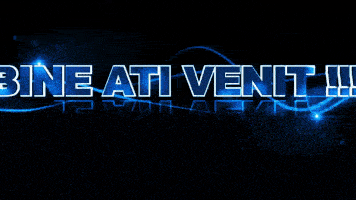

Additive manufacturing
The idea, now considered simple and straightforward, by which any object can be built superposing layers of materials (i.e. in an additive way) differs from the traditional manufacturing processes which use material distribution (such as injection molding, casting, rolling, forging, etc.) or material removal (such as drilling, turning, milling, grinding, etc.).
According to ISO/ASTM 52900:2015 standard, Additive Manufacturing (AM) represents
… Read More
Augmented Reality
During the last years, researchers and engineers have been using information technology, personal computers, tablets and even smart phones in order to take images out of TV sets and computer screens and integrate them into real life environments. Such technology, the Augmented Reality as it was called, makes the line between real life and computer generated reality disappear and augments
… Read More"The Internet of Things (IoT) is the network of physical devices, vehicles, home appliances, and other items embedded with electronics, software, sensors, actuators, and connectivity which enables these things to connect and exchange data, creating opportunities for more direct integration of the physical world into computer-based systems, resulting in efficiency improvements, economic benefits, and reduced human exertions" [wikipedia.org].
Want to learn more? Join our free courses!
Read More
There is no definition of Industry 4.0 internationally accepted so far.
The concept of Industry 4.0 joins technological achievements from recent years with a vision of future intelligent and automated production systems, in which a real world is connected with a virtual one, ensuring more efficient use of available information. Industry 4.0 brings the physical and virtual worlds together to fundamentally change how products are made.
Industry 4.0 is the fourth industrial revolution. The term "Industry 4.0" originates from a project in the high-tech strategy of the German government. General definition: „Industry 4.0 is a name for
… Read More

The e-learning management system of the euWELD project is not yet available. Sorry for the inconvenience. Please visit us in the near future.
|
Romania |
 |
|
Romania |
 |
|
Malta |
 |
|
Slovenia |
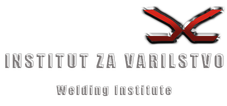 |
|
Hungary |
 |
|
United Kingdom |
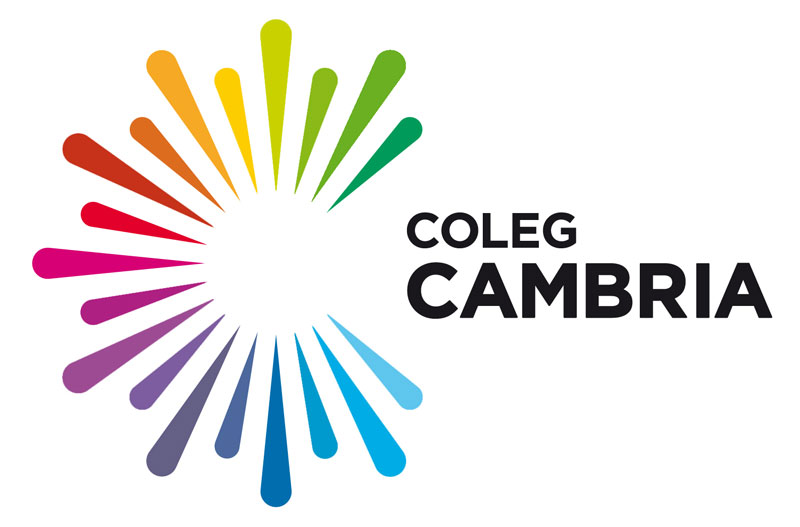 |
The European Commission support for the production of this publication does not constitute an endorsement of the contents which reflects the views only of the authors, and the Commission cannot be held responsible for any use which may be made of the information contained therein.
Overall Objective:
The main objective of the eu-WELD project s to develop a digital toolbox course integrated with a qualification structured with respect to the European Qualifications Framework (EQF), this based on the continuous requirements on the labor market. Thus, similar to the case of the European Computer Driving Licence, eu-WELD aims at developing the European Welding Technologies Expert Qualification. To achieve this overall goal, the eu-WELD project aims at identifying the needs of the target audience in the field i.e. stakeholders that use welded structures. This will help establish the expert welder’s skills and knowledge that are necessary to meet the requirements related to the generation of welded joints in a range of EU Member States, in compliance with the provisions of the relevant welding standards in force.
Specific Objectives:
The eu-WELD project thus aims at developing a platform/framework that will offer individuals in the target group, the possibility to develop their knowledge, competences and skills specialized welding processes and technologies. More specifically, the project thus aims to achieve its goals through 4 main objectives:
OJBO: performing a survey in the partner countries to establish the needs of the target audience i.e. both learners and trainers of welded structures, taking into consideration the needs of today’s industry and also making a foresight of needs for the next 10 years;
OBJ1. developing a European qualification of the European Expert in Welding Technologies (eu-WELD) with certification at ECVET level that caters of the needs identified in OBJ0
OBJ2. creating a competence profile required by a European Expert in Welding Technologies
OBJ3. developing a digital training toolbox for a course leading to the European Expert in Welding Technologies
OBJ4. developing guidelines for the certification of organizations willing to provide the eu-WELD training course; this includes the application of ECVET to qualifications
OBJ5: raising awareness in both the partner countries and beyond on the benefits to learners in acquiring the eu-WELD Certificate and to VET/HEI establishments in adopting this training course.
Augmented Reality Technologies
Global Digital Manufacturing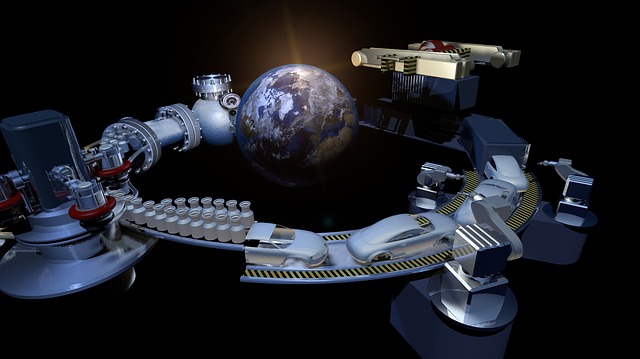
4th Industrial Revolution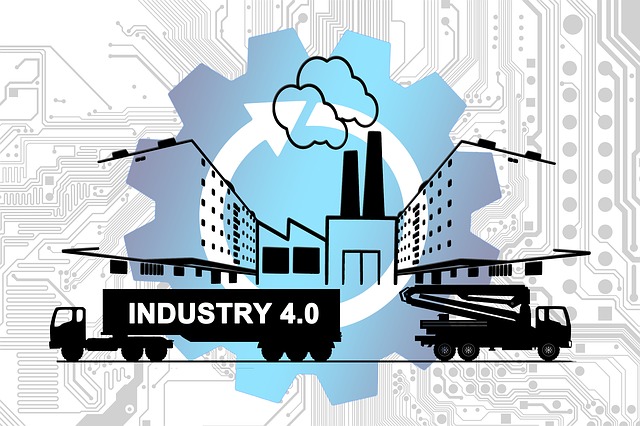
Virtual Reality Technologies
This website was developed under the framework of „Global Digital Manufacturing Industry 4.0 Joint Curriculum and Research” (MAGIC) project number EY-COP-0001, www.camis.pub.ro/magic funded by the EEA Financial Mechanism 2014-2021. This website was realised with the EEA Financial Mechanism 2014-2021 financial support. Its content (text, photos, videos) does not reflect the official opinion of the Programme Operator, the National Contact Point and the Financial Mechanism Office. Responsibility for the information and views expressed therein lies entirely with the author(s).